Explore a Texas Freedman's Settlement's Historic Cemetery
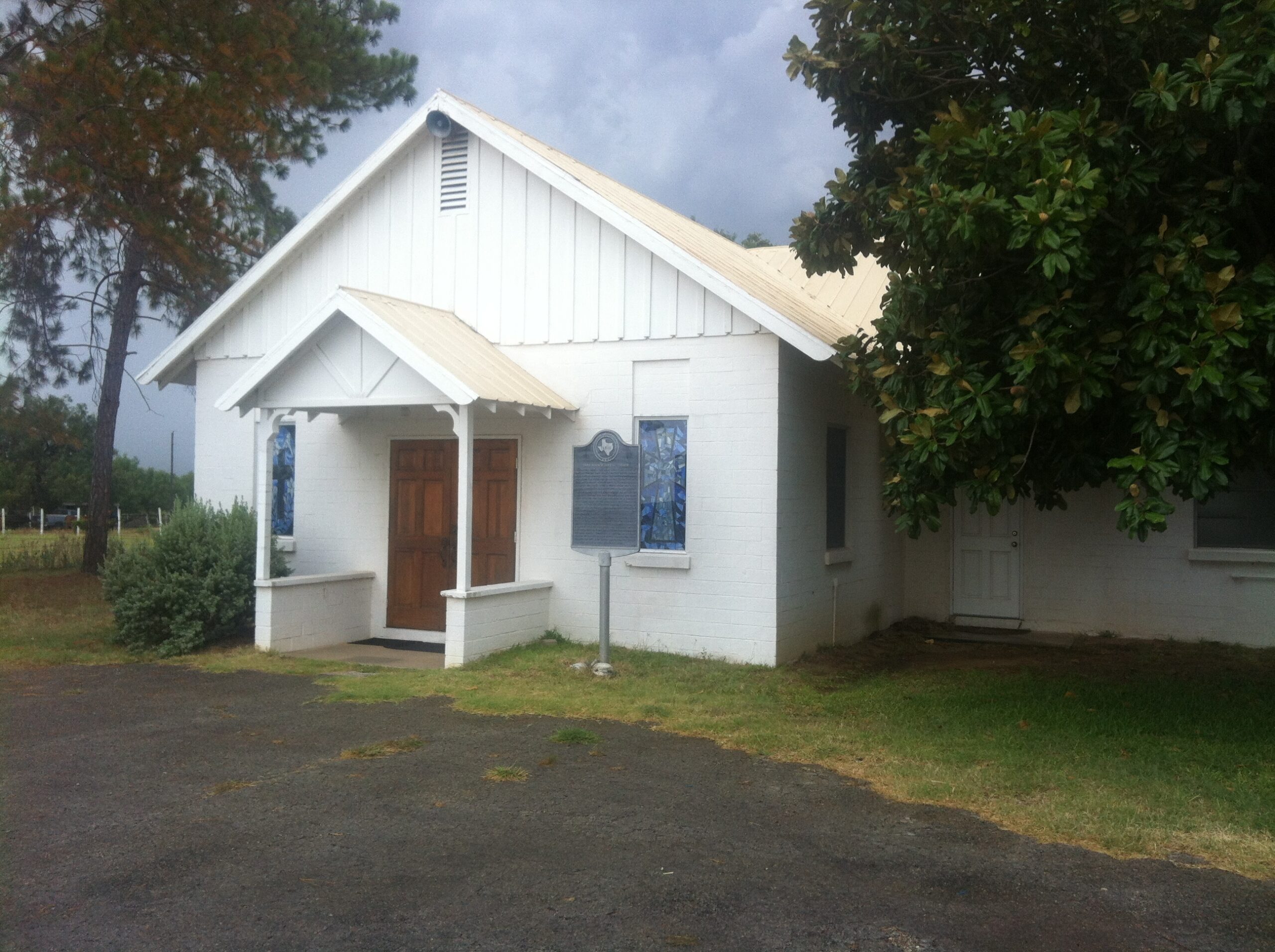
In its 142-year history, the town of Sandbranch, Texas, has seen many births and deaths. Today, this unincorporated village outside Dallas is attempting a long overdue rebirth — but residents here, devoted to their community but envisioning a safer, cleaner, and more flourishing version of it — don’t look forward without looking back.
In 1878, an intrepid group of people from Louisiana — newly emancipated from slavery — traveled to Texas seeking a place to settle. Together, they bought a parcel of land and built a homestead. They wanted to provide financial security and opportunity for themselves, and for their descendants. At its peak, Sandbranch — the only unincorporated settlement in Dallas county, and its most impoverished area — was home to about 400 residents. Today, one hundred residents remain.
Back in 1910, local residents Doc Glenn, Charlie Stark, and Cicero Floyd donated over an acre of land for a cemetery; and it’s said to contain the graves of many formerly enslaved people.
Like their founders, Sandbranch residents are determined to live in a place that is a sanctuary — a healthy and thriving place to call home. Their current efforts involve a wholesale revitalization of Sandbranch. Led by the Sandbranch Planning Committee, the first priority is to provide drinking water directly to 25 households through the cutting-edge, sustainable, regenerative technology of HydroPanels. For a town without running water, this technology and the water it pulls from thin air is life. But there is so much more to their vision — plumbing, street lights, garbage collection, rezoning and reconstruction, community gardens and access to healthcare, new residents (and, hopefully, a return for some previous residents).
The community’s hub — for meetings, prayer, social interaction, bottled water and food distribution, and a community of volunteers — is the Sandbranch Baptist Church. And, adjacent to the original sight of the church, on Simonds Road, is the Sandbranch Cemetery. Back in 1910, local residents Doc Glenn, Charlie Stark, and Cicero Floyd donated over an acre of land for a cemetery; and it’s said to contain the graves of many formerly enslaved people. Like the town of Sandbranch, the cemetery has seen years of neglect — becoming overgrown, with many gravemarkers lost, destroyed, or illegible.
In 2011, a sign was put up at the Sandbranch Cemetery. While still tricky to find, it’s a start. And, luckily more information about those buried in the cemetery has been discovered.
Scroll down to learn a bit about the folks that called Sandbranch home.
Donate to the Sandbranch Revitalization Fund’s #H20atHome campaign to support the installation of those Hydropanels.
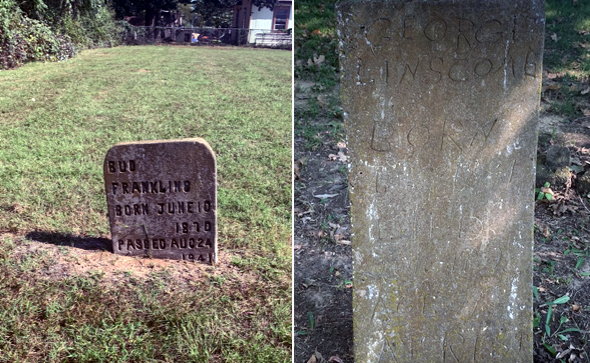
Left, Bud Franklins was born June 10, 1870, and passed away at 71 on August 24, 1941; right, George Linscome was laid to rest in his 70s.
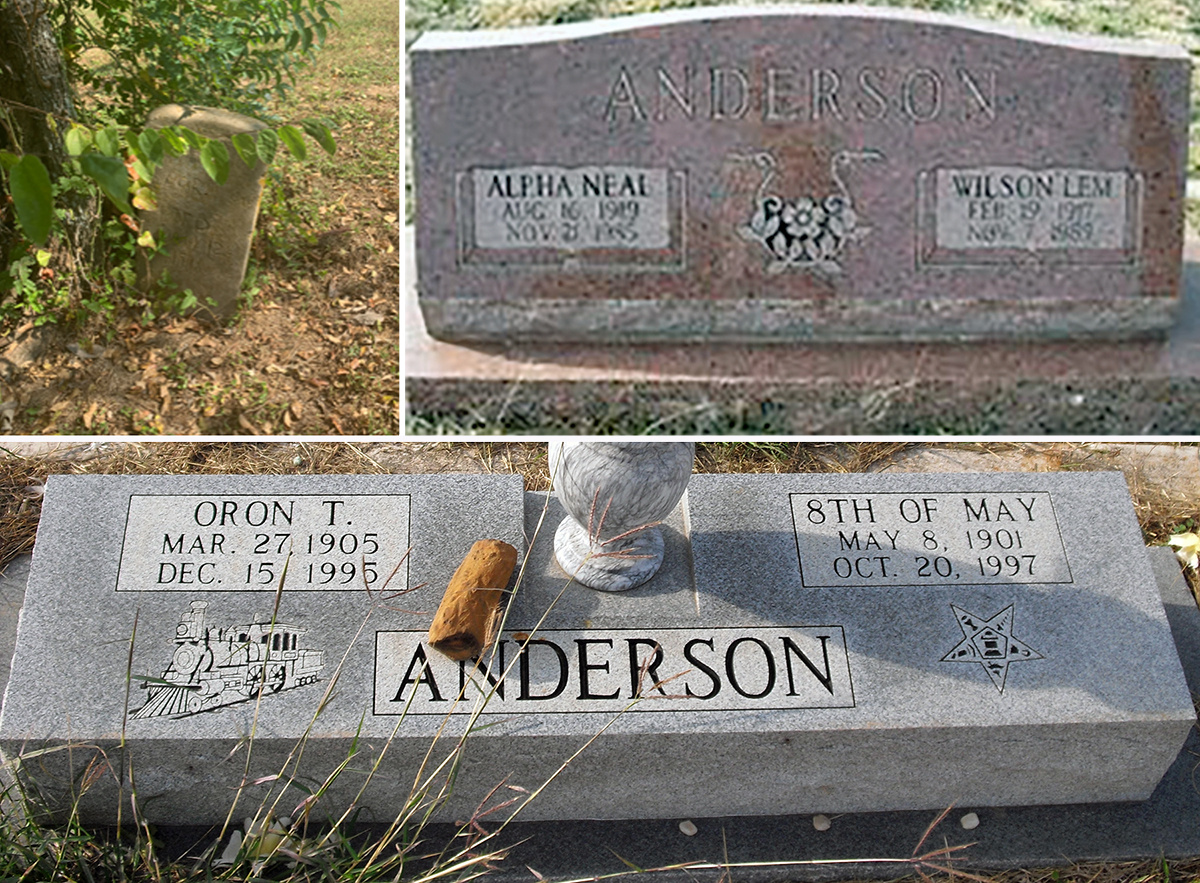
Top left, a headstone at Sandbranch Cemetery; top right, Wilson Lem Anderson, a veteran, was born on February 19, 1917 in Anchorage, TX. He married Alpha Odell Neal Anderson on June 25, 1942. He lived in Stephens, TX and Atascosa, TX; and died on November 7, 1989, at the age of 72; bottom, May Anderson, known as “8th of May” — her birthday was May 8 — was married to Ordon.

Left, Peter Elber McGrew, known as “Darling Pete,” was born on October 17, 1925. He lived to be 24 years old; Right, John William Crawford was born on August 21, 1877, and died at 61. He grew up on the Crawford Ranch, the land that his father, James O. Crawford, (also buried in the Sandbranch Cemetery), had homesteaded in the 1870s. John did not stick around: he sold the land and moved to Millett, TX, where he worked as postmaster and ran an ice cream parlor.
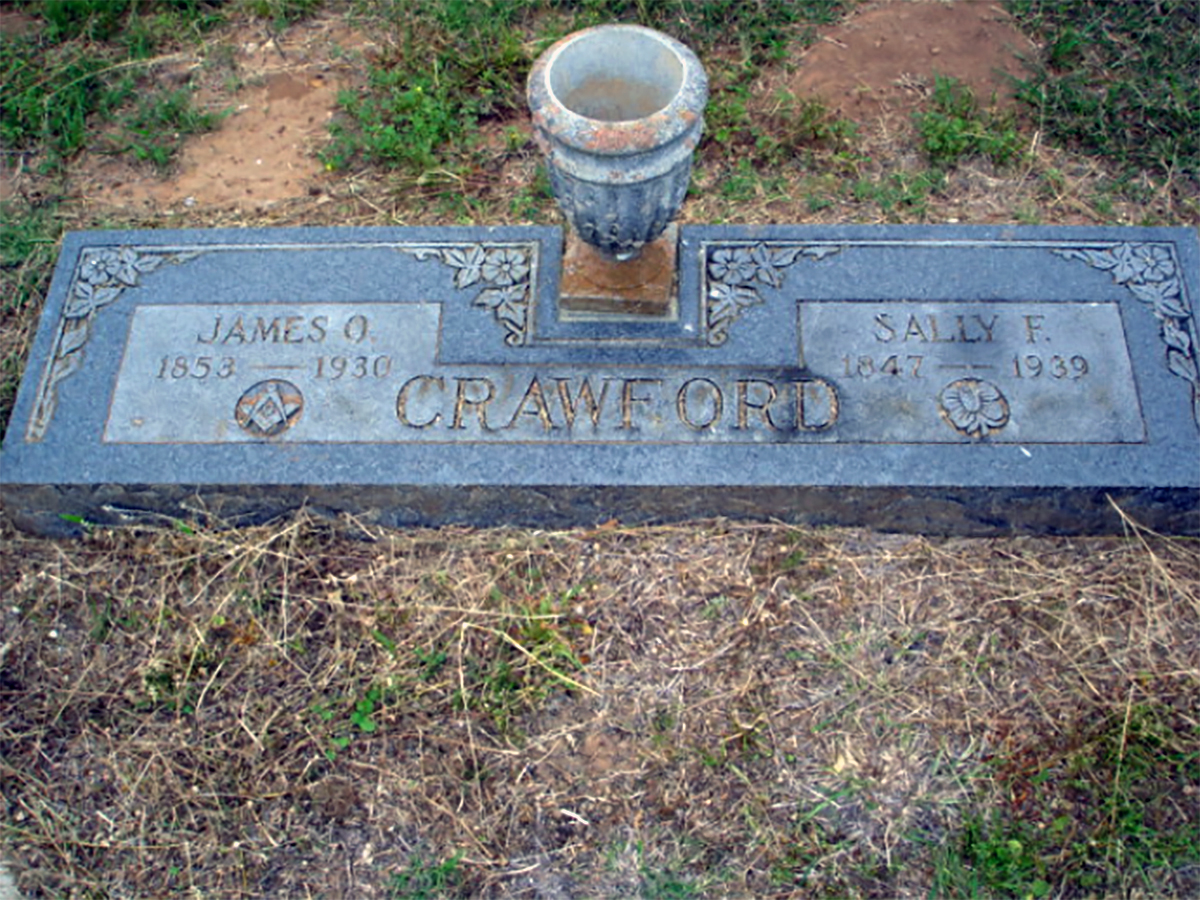
James O. and Sarah “Sally” Frances Bennett Crawford.
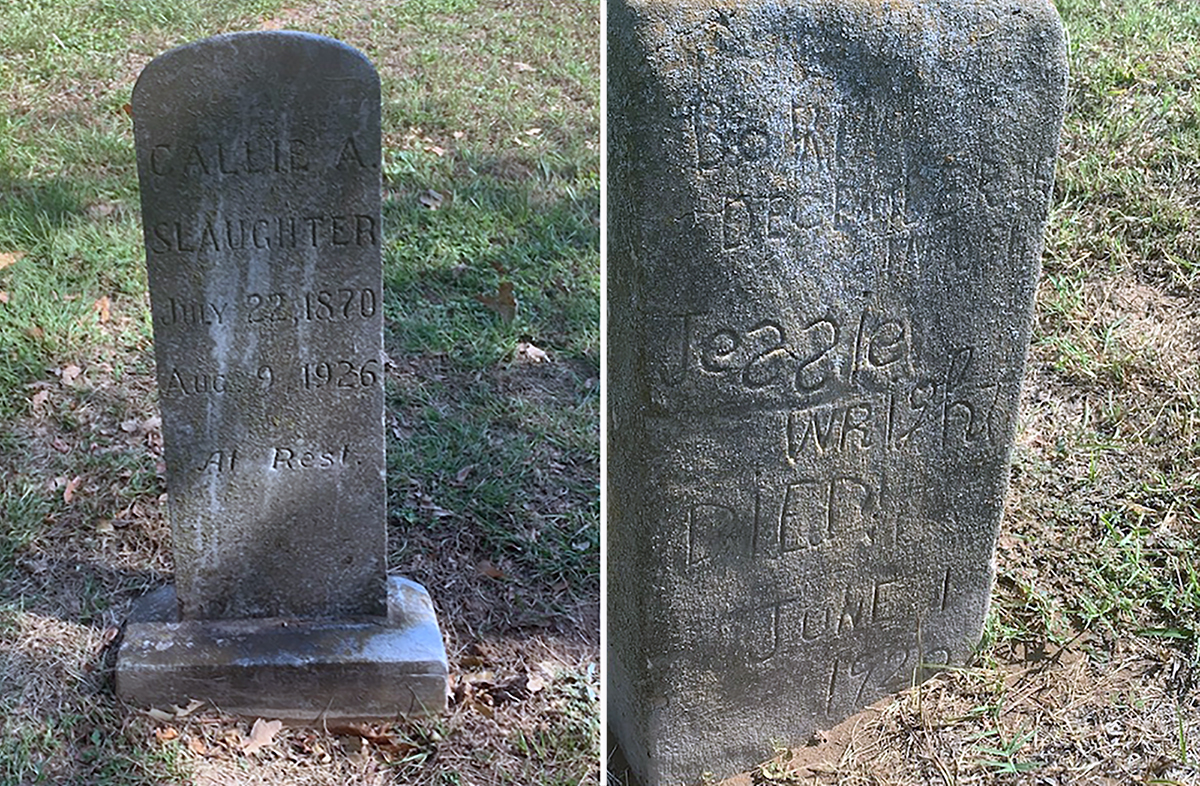
Left, Callie A Slaughter, born July 22, 1870, was laid to rest on August 9, 1926; right, Jessie Wright’s tombstone is one of a handful of gravestones that have become so timeworn that the inscriptions are difficult to read.

